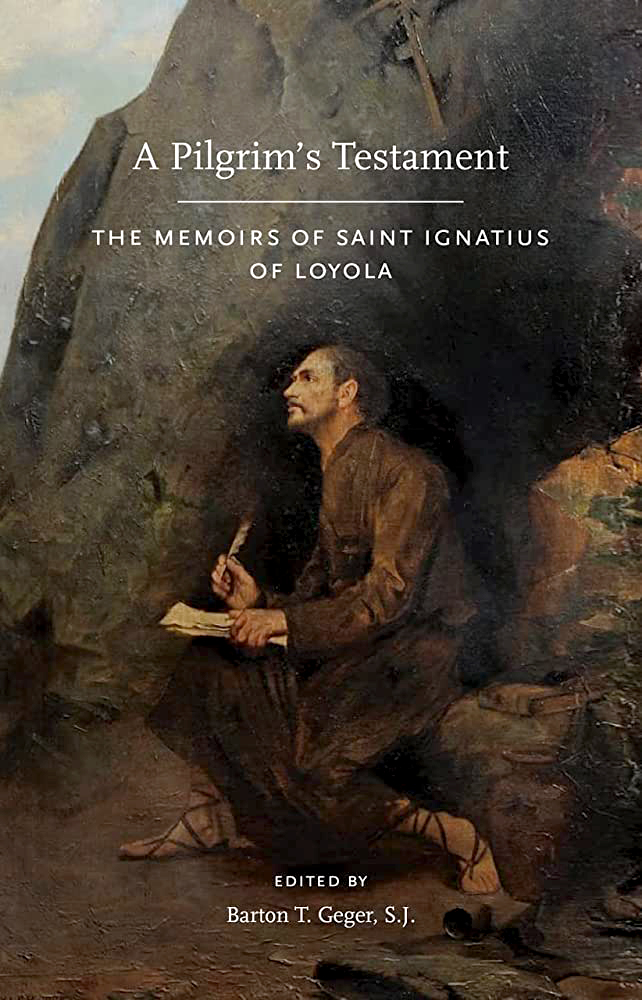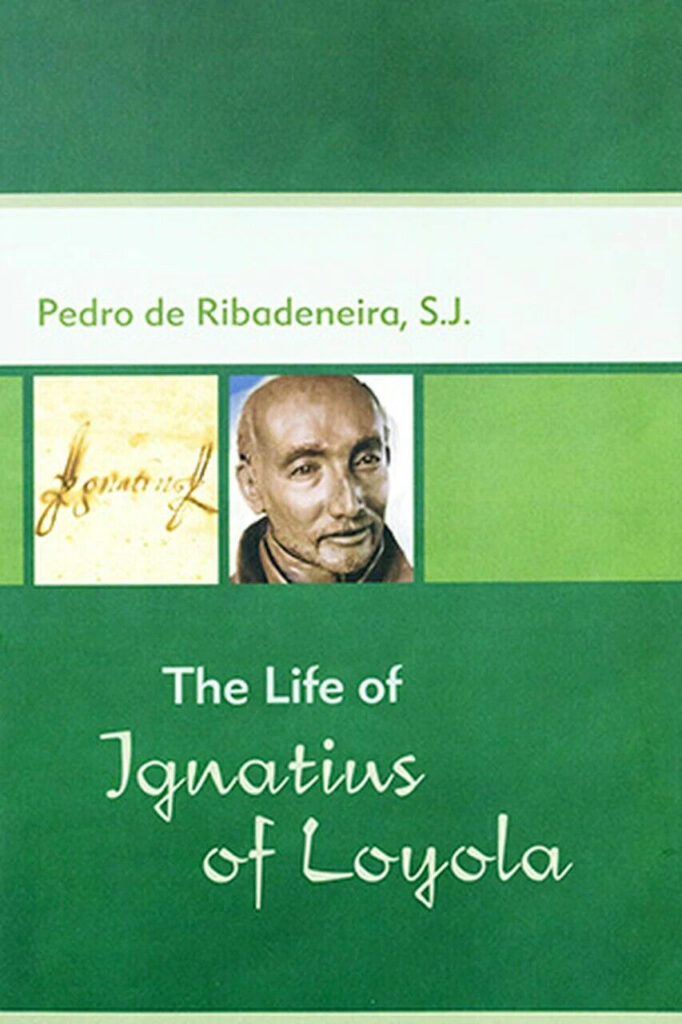
In a narrative of his life confided to Luis Gonçalves da Câmara, Ignatius uses the term “the pilgrim” to talk about himself. The untitled text is alternatively called the Autobiography, The Pilgrim’s Story or Journey, the Reminiscences, or the Testament – since Ignatius chose what he wanted to transmit from his life onto his heirs a few years away from his death. Gonçalves da Câmara jolted down notes from his conversations with Ignatius after their meetings, and produced a text mostly in Spanish, save from the final twenty paragraphs, which are in Italian!

The timeframe of this narrative is peculiar. It begins with Ignatius as a grown man of 26 years old, and describes briefly his military endeavors before turning its attention to his lengthy discernment of spirits ultimately resulting in his conversion. The portion of the Testament dedicated to Ignatius’s journey to Jerusalem, with a specific focus on his stay in Manresa, is notably large. The second half of the narrative describes mostly his experience as a student in various European universities.
Ignatius’s residency in Rome briefly appears in the final paragraphs. Consequently, the formative years (1521-1538) between his injury in Pamplona and his arrival in Rome, where he would spend the rest of his life, constitute the heart of the narrative. The timeframe is that of a pilgrimage, from departure until the destination.